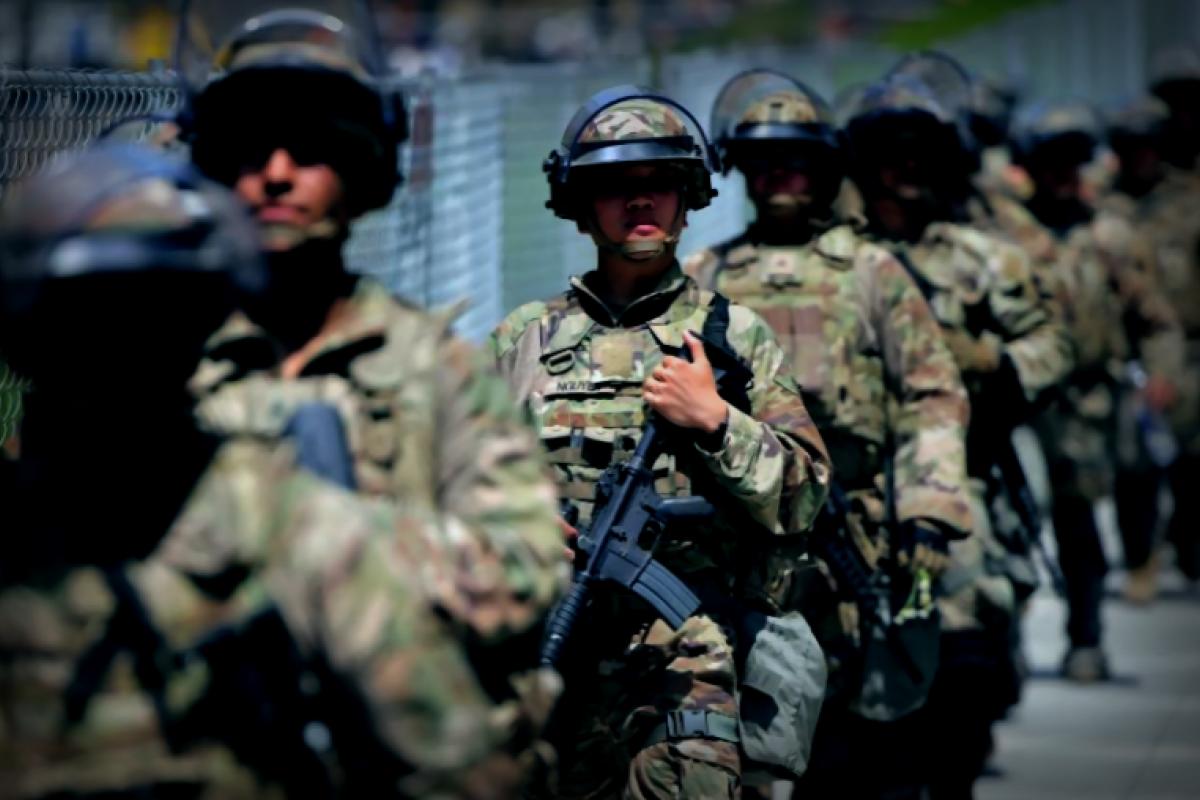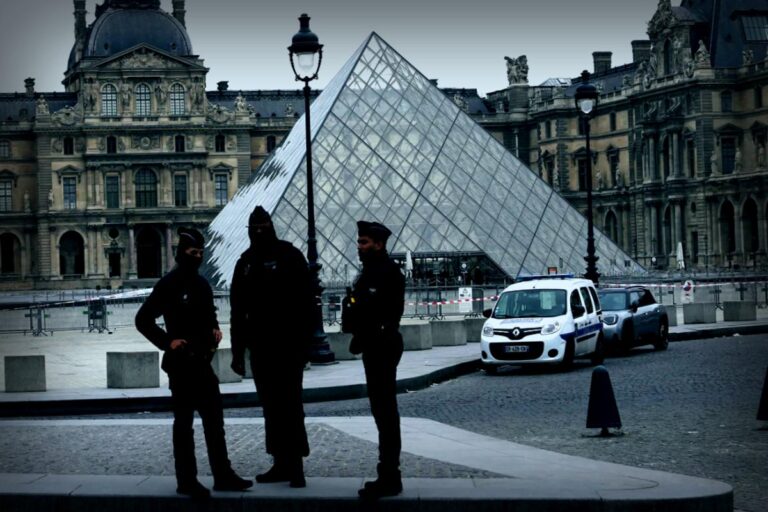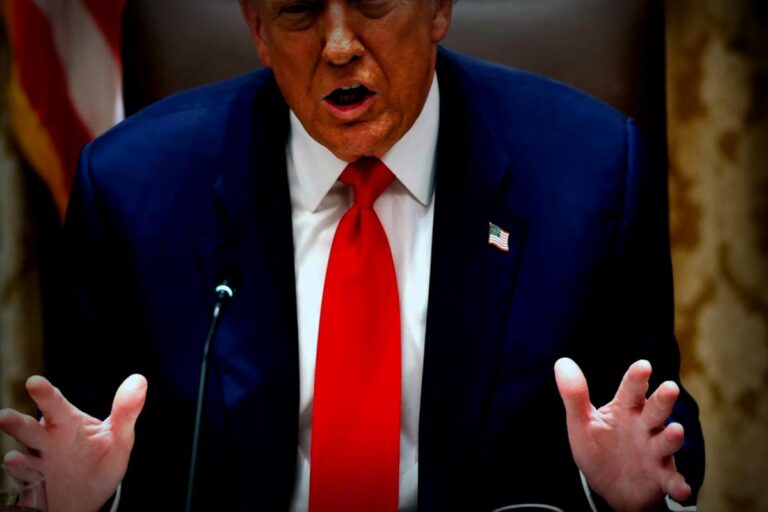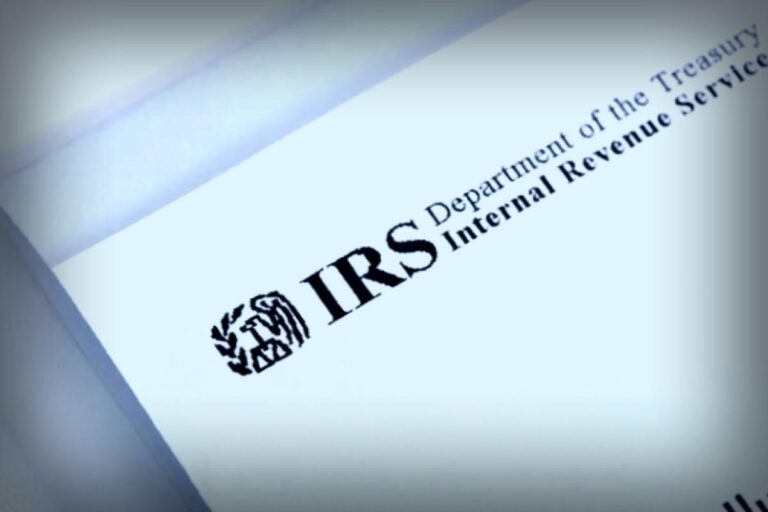According to reports from two officials to CNN, the Trump administration has been working on a plan to send the National Guard into Chicago. This comes as President Trump is keen on increasing his anti-crime initiatives and tightening immigration controls in several major U.S. cities.
Details about the number of troops or the exact timeline for this deployment remain unclear.
In a statement made in the Oval Office on Friday, Trump hinted at these forthcoming actions by stating, “I think Chicago will be our next, and then we’ll look into helping New York.”
Reacting to these developments, Chicago’s Democratic Mayor Brandon Johnson mentioned on Friday that the city has yet to receive communication from the White House about any troop movements, labeling the potential military presence as “uncalled for” and “unlawful.”
Johnson noted, “There are many more constructive ways for the federal government to aid us in fighting crime in Chicago than by deploying the military.”
When pressed for comments, the White House referred back to Trump’s prior remarks. During a Q&A session, the President disclosed he had not communicated with the Mayor regarding any definitive measures for a crackdown in Chicago. CNN has also reached out to the Pentagon to inquire about the proposed National Guard deployment, which was first disclosed by The Washington Post.
This initiative by the Trump administration resonates with its broader and somewhat unconventional strategy of deploying military forces for law enforcement and immigration activities within U.S. borders.
Interestingly, potential actions in Chicago would differ significantly from earlier legal enforcement operations in Washington, D.C., where Trump had more flexibility in deploying troops and utilizing a wider array of federal resources.
Future plans—including in Chicago—might mirror Trump’s earlier deployment of National Guard forces to Los Angeles this past summer, aimed at addressing immigration protests, as per sources familiar with the situation.
Back in June, President Trump formally invoked Title 10 of the U.S. Code, sending approximately 700 active-duty Marines and 4,000 National Guard troops to Los Angeles despite objections from California’s Democratic Governor Gavin Newsom. Title 10 permits the President to position the National Guard in scenarios to protect against invasion, suppress rebellions, or enforce laws, dictating that National Guard units answer directly to him as opposed to state governors.
California moved swiftly to contest the legitimacy of Trump’s deployment in a lawsuit, which is currently proceeding through the courts.
Regardless, Trump praised the operation, claiming it was highly successful. He remarked in June, “Without the Military, Los Angeles would be a crime scene like we haven’t seen in years.”
While it’s not unusual for federal entities, like the National Guard, to step in during emergencies—like natural disasters or civil unrest—the widespread deployment of National Guard units to combat crime under Trump’s policies is uncharted territory.
With the administration keen on broadening its immigration strategies beyond just the southern border, it’s been working to bolster the capabilities of Immigration and Customs Enforcement by reallocating personnel from various agencies, including military members.
CNN has previously indicated that discussions are ongoing about mobilizing active-duty troops from cooperating states to protect federal agents, while exploring the potential use of National Guard troops from Republican-led states in areas that do not consent.
Attorney General Pam Bondi has expressed that cities and states with “sanctuary policies,” which limit local assistance for federal immigration enforcement, might soon find themselves the target of National Guard actions.
Meanwhile, pushback from Democratic mayors and governors is rising.
Boston Mayor Michelle Wu, also a Democrat, articulated earlier this week, “Stop attacking our cities to hide your administration’s failures.”
This article has been updated to reflect new information.
Contributions to this story were made by CNN’s Alejandra Jaramillo.
Stay updated with CNN by registering for access to more news and newsletters at CNN.com.




















